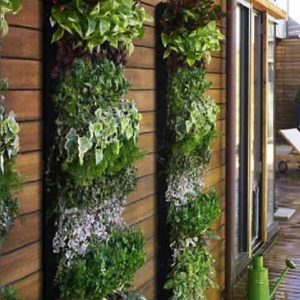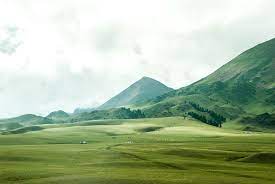Green landscapes
Courtesy : www.cleancurrents.com/
has nothing to do with just having more plant life. It’s a commonly held misconception that having lots of plants, trees, and turf is automatically going to be better for the environment. You might feel more in tune with nature while you’re enjoying your extensively groomed and maintained yard, but the amount of resources that go into many such areas is astounding.
To do your landscaping in a green way, you could choose someone like Lone Pine Landscapes and enter a mindset of saving all resources, including power, money, and time. A truly green landscape is going to encourage the growth and health of local wildlife, without affected the soil, air, or water in a negative way. These can be great places for family and friends to play and relax, without worrying about what kinds of nasty substances they might be absorbing into their bodies, and without fearing harm of the environment.
Use Plants to Your Advantage
Plants are a necessary part of a green yard. If you’re looking for the right types of trees and other plants to put in your new landscape, think about native plants, or cultivars that have been taken from native plants. They are typically better at living in your local climate. Hence, they will not require as much care on your part, which will lead to a lower use of resources. Don’t just look for plants that are native to your country; think more local than that.

Talk to experts in your home area about which plants you should avoid installing in your yard. Some of them are invasive to other flora or even fauna. Once you have the plants in mind that you’d like to use, think about how you are going to integrate them into your green landscape.
Natural Fences and Walls
You might want to build some fences in your yard, but how about using a natural wall of plants instead? By making a line of trees, or perhaps a hedge, you can get the barricade that you’re after. In addition to that, you will be providing a place for local wildlife to life and flourish.
Going a step further that this, if you plant trees that shed their foliage during winter at the west and south ends of your home, you can create a naturally shedding wall. During the hot summer, the leaves will work to block out the sun and reduce your cooling costs. In contrast, during the winter, the leaves will fall away and allow the sun’s light to keep your home warming during the cold season.
Watering Your Garden the Green Way
Everyone likes the idea of a nice, green lawn. It’s just ingrained in the brains of modern citizens, apparently. But the upkeep of a lawn during the dry heat of summer can be incredibly taxing on the planet’s waterways. People pour a horrific amount of perfectly good water onto their turf and gardens during the months of summer. How about just letting your lawn move into a dormant state during the hotter times of the year? If you’re using local, native grass, it will already be programmed to do this in your area anyway. If you do feel the need to water it, just to keep it from completely dying away, only do so minimally. You can help to keep your garden areas moist by using some organic mulching compost, which will also keep weeds from growing.




